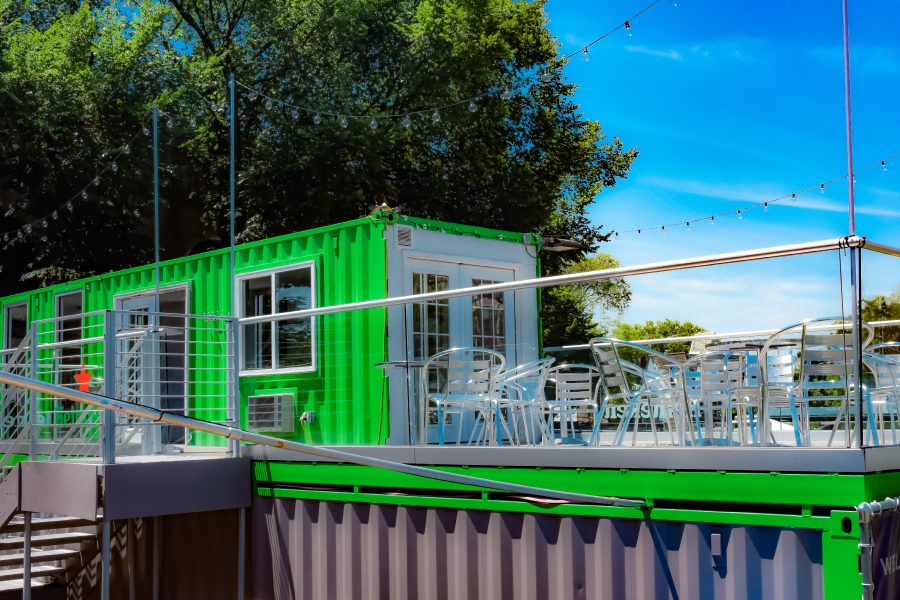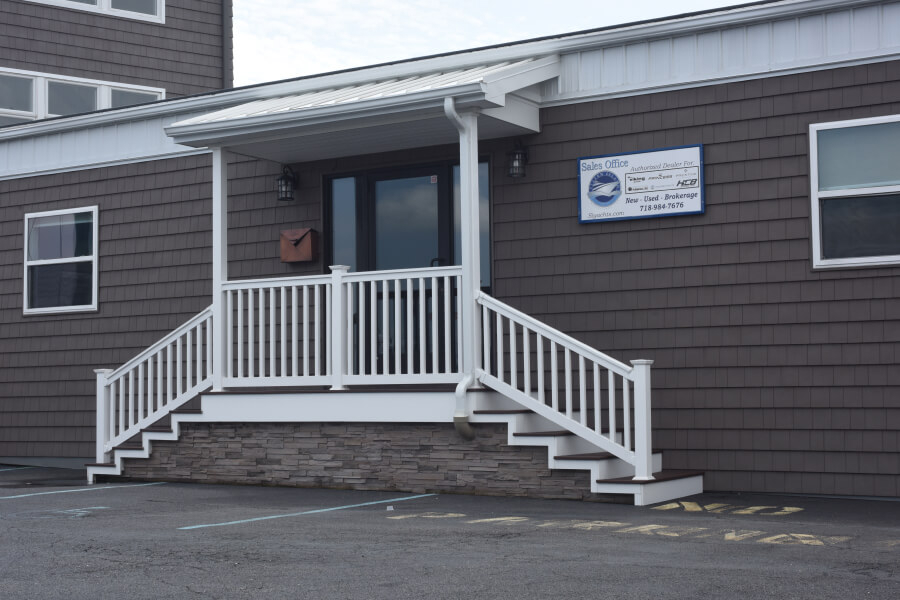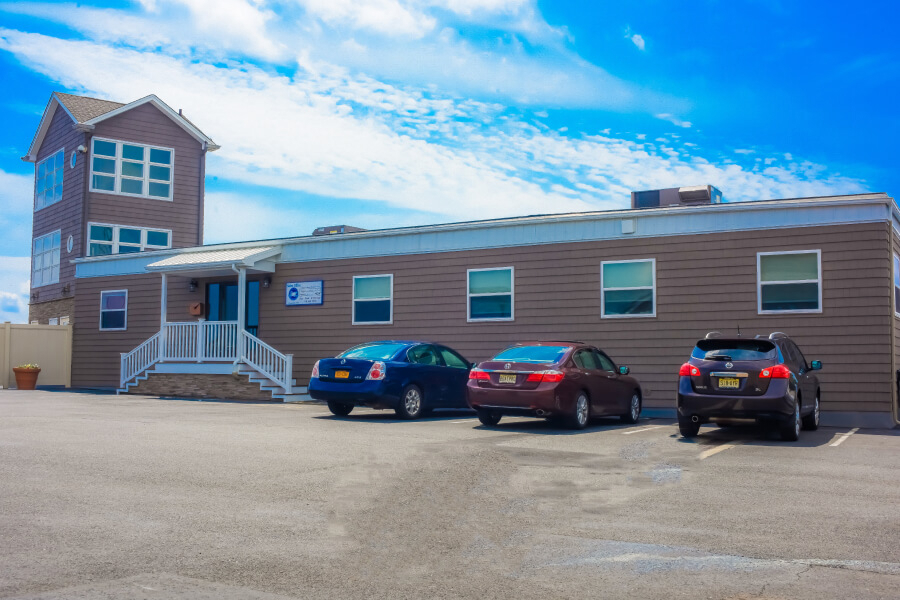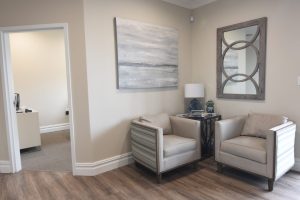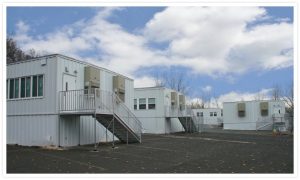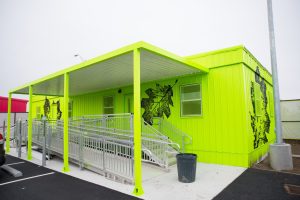Making the Case for Custom Modular Bank Buildings
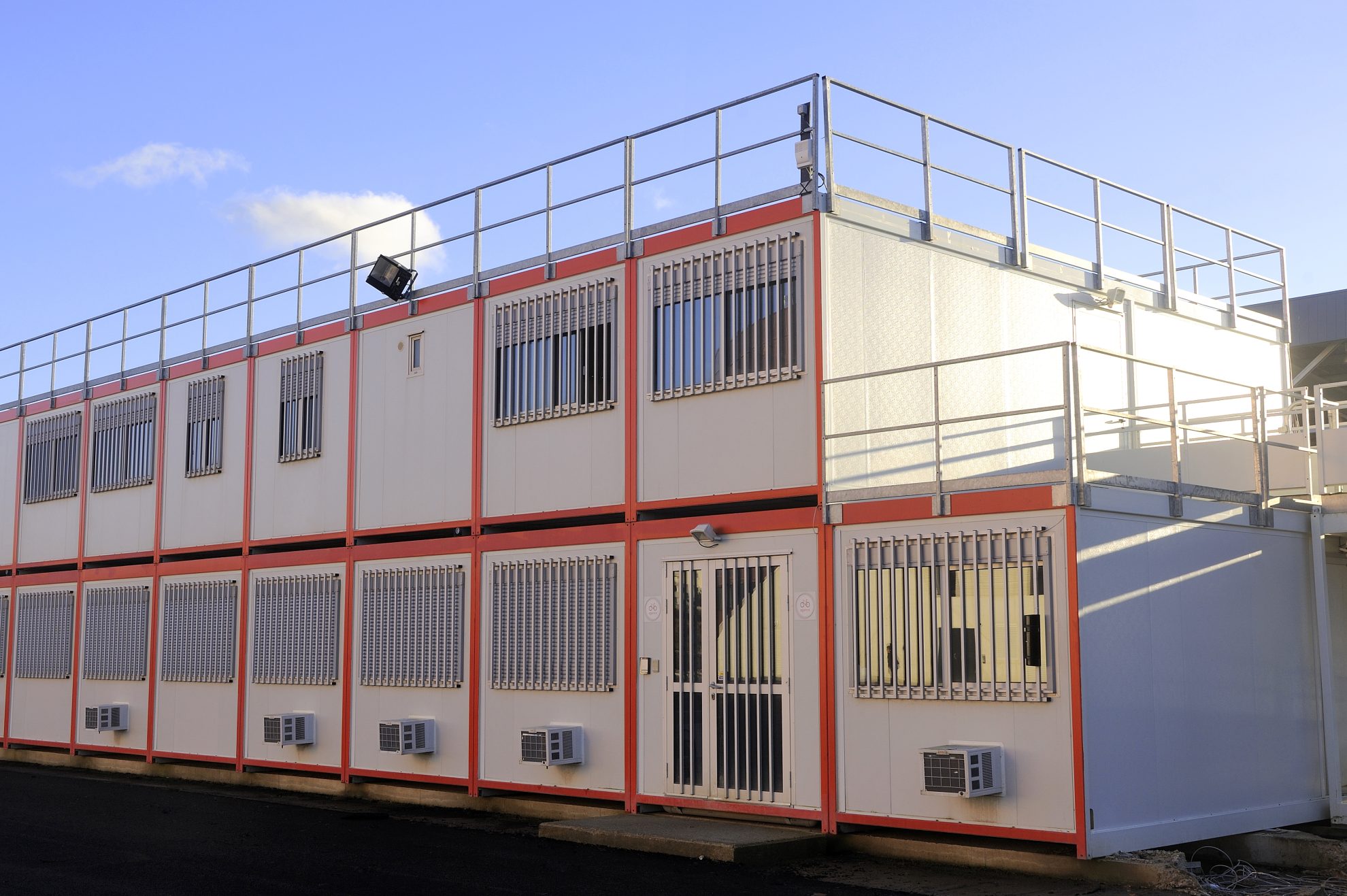
Banks, credit unions, and other financial institutions typically aim to provide convenient and professional services to their customers. More often than not, these establishments work as customer-facing centers and also play host to a variety of administrative functions. Besides, their designs need to take into account a variety of security features. What helps is that a good modular construction company can provide solutions for just about every challenge this industry might face.
Where Do Bank Branches Stand?
According to a report released by the Federal Reserve Bank of Philadelphia, the total number of bank branches in the U.S. reduced by 5.6% from 2019 to 2023, resulting in 217 more banking deserts across the country.
While the COVID-19 pandemic that led an increasing number of people to switch to online banking is one reason behind the significant number of closures, low interest rates that have affected banks’ net interest margins negatively have also prompted them to look for ways to reduce operational costs.
Data released by the Federal Reserve shows where the country’s large banks stood in terms of the number of branches they had as of September 30, 2024.
- JPMorgan Chase – 4,911 branches
- Wells Fargo – 4,243 branches
- Bank of America – 3,704 branches
- PNC Bank – 2,323 branches
- S. Bank – 2,226 branches
Given that branches continue to serve as an important part of the overall banking experience for many, it’s fair to assume that they will not phase out completely.
What You May Expect From Modular Bank Buildings
Some of the leading modular construction companies specialize in providing modular spaces for banks and other financial institutions. These could be in the form of disaster recovery solutions, branch expansions, and remodeling projects. With shorter construction times than traditional methods of construction, permanent and temporary modular structures make way for high levels of customization. For example, you may expect modular banks to come with:
- Multi-storey layouts
- Flat/gable roof lines
- Required infrastructure for electronic banking
- ATMs
- Automated revolving doors
- Multi-lane drive-through windows
- Secure safe deposit boxes and vaults
- Bullet-proof teller stations
- Undercounter cash drawers and safes
- Anti-break-in locking systems
- Closed-circuit television (CCTV) monitoring
- Remote monitoring
- Alarm systems
- Control rooms
- Panic rooms
- After-hours depository facilities
- Private offices
- Restrooms
- Cafeterias
Benefits of Custom Modular Bank Buildings
It’s plain to see that various factors are giving banks and other financial institutions good reason to look at how they might be able to reduce operational costs. Therefore, it comes as no surprise that many are looking at what modular construction has to offer. Not only can modular buildings incorporate various designs and layouts, but it’s also possible to equip them with the latest technological features.
1. Great for Testing Waters
Banks and other financial institutions that wish to increase brand awareness and capture new markets may benefit by relying on modular buildings to test the waters. In case you plan to build a new branch from scratch, going the modular way may help your business get going even as the brick-and-mortar construction is underway.
Alternatively, you could even opt for a modular bank building to serve as a long-term solution. Keep in mind that turning to modular construction when you enter a new market gives you the ability to determine viability without making extensive investments.
2. Perfect Temporary Solutions
Renovation and expansion projects are usually time-consuming and can often result in workflow disturbances. Portable bank buildings provide perfect short-term solutions to deal with any such scenario, offering comfortable environments for employees and customers alike. This takes away the need to relocate to another location. Besides, lesser onsite construction results in fewer disruptions.
3. Monetary Savings
If you opt for a modular bank building instead of a traditionally constructed one, you may save up to 20%, as highlighted by a McKinsey report. However, this essentially depends on costs associated with labor, material, and logistics. For example, construction companies in big cities might have to deal with shortages in skilled labor, which may then lead to high labor costs.
What works in the favor of the modular construction industry is that a significant number of workers view their jobs as stable, and they also benefit by working at fixed locations. Modular construction companies can do well by setting up factories at locations that give them access to competitive labor. Improved logistical connections can also serve as a plus when it comes to reducing costs and increasing profits.
4. Quicker Construction
Most of a modular building’s construction takes place offsite, and any required onsite work takes place at the same time. Since both processes take place concurrently, there is a significant reduction in construction time when compared to traditional construction methods. According to the same McKinsey report, modular construction holds the potential to bring down construction time by 20% to 50%.
5. Minimal Weather-Related Concerns
Weather conditions tend to play a role in how quickly construction companies are able to execute their projects. However, a major part of a modular building’s construction takes place in a factory under highly controlled settings, so there’s very little possibility of experiencing weather-related delays. In addition, safe and comfortable indoor environments help keep workers’ productivity levels up.
6. No Onsite Storage, No Mess
Since the construction of modular bank buildings takes place offsite, there is practically no need to store any type of construction material onsite. When compared to traditional construction methods that involve moving different types of material around, determining which space to use as storage, and the possibility of theft, modular construction follows a much more streamlined and cleaner approach. Consequently, you don’t have to worry about the mess and clutter that you might typically associate with a construction project.
7. Sustainable Construction
Modular buildings rely on sustainable construction methods by reducing, reusing, and recycling different types of materials. For example, it’s possible to build a modular structure by using recycled steel, wood, and glass. If a project results in leftover material, it’s fairly easy to repurpose it to work with a different project. Besides, when a modular building is no longer in use, it’s easy to dismantle it and use its components to build a completely new structure.
It’s now fairly common knowledge that minimizing the use of traditional construction materials such as bricks, cement, concrete, plasterboard, timber, wood pallets, and cardboard brings with it the potential to reduce construction waste significantly. Going the modular construction way helps achieve this goal rather easily.
8. The Ability to Customize
What you may expect from a traditional brick-and-mortar structure, you may expect from a temporary or permanent modular building. In addition to the specific functionalities linked to a bank or any other financial institution, you get various other alternatives when it comes to customization. These include, but do not limit to:
- Solar power
- High-efficiency heating, ventilation, and air conditioning (HVAC) systems
- Triple-pane energy-efficient windows
- LED lighting
- Upgraded insulation
- Broadband/fiber internet connectivity
- Customized walls and flooring
In addition, it’s much easier to scale up or down based on changing requirements if you opt for modular construction.
9. The Option to Rent or Buy
One of the key benefits of opting for prefabricated modular construction is that you get to choose between buying and renting a structure, which is definitely not a possibility with a brick-and-mortar building. Banks and other financial institutions that have a short-term need for extra space may think about renting a modular building. However, if a requirement extends to three years or more, buying might work better.
Modular Buildings Helping With Disaster Recovery Plans
Banks need to have disaster recovery plans or continuity plans to deal with emergency situations that might arise because of natural disasters such as hurricanes, tornadoes, and fires. While the use of modular buildings has not played a significant role in this realm previously, things are changing because modular construction companies are now up to taking on any challenge that the banking industry might face.
Some modular construction companies offer annual plans that banks may use to give their customers access to secure environments through which they continue to offer their services. If the need arises, you may also opt for units that come with satellite connectivity and generators.
What About Inplant Offices?
Banks and other financial institutions may benefit by looking at what inplant offices have to offer if they wish to create segregated spaces within their existing buildings. Simply put, an inplant office is a modular structure that can serve a variety of purposes such as a break room, an administrative office, a storage room, or even a teller’s cubicle.
Depending on where you want an inplant office, you may choose from two-wall, three-wall, and four-wall structures. Customizing these units is fairly simple, and they may come with noise-isolation, high-security locks, alarm systems, security screens, sliding doors, and intercom systems.
Selecting a Modular Construction Company
Even if you’re already working with an architect or have a floor plan in place, you may still think about collaborating with a modular construction company. If you don’t have a floor plan yet, the company you select should be adept at creating one based on your specific requirements.
The company you partner with should ideally have some kind of experience with the financial sector and it should also have in-depth knowledge of federal, state, and local regulations. This is because laws governing modular buildings are not the same across the U.S. For example, the responsibility of making submissions for approval to the New York State Department of State (NYSDOS) falls upon the manufacturer of a modular building.
Does It Use Modern Modular Construction Technologies
It is ideal if you choose a company that uses the latest in modular construction technologies. For example, leading modular construction companies now use building information modeling (BIM) to get valuable insight into projects before the actual manufacturing gets underway.
3D modeling is aiding how modular construction companies approach the planning, designing, and construction of buildings. Augmented reality (AR) is also finding its way into the world of modular construction, making it possible to create and display visual models with increased accuracy.
Questions You Need to Ask
Asking the modular construction companies you shortlist a few questions may help you select the right partner for your project.
- How much time will it take? Not all modular construction companies work equally fast, so it’s good to know how much time they might take to complete your project.
- Do you offer permanent and temporary solutions? The answer to this has a bearing on whether you have a short- or long-term requirement.
- Do you have experience in working with the financial sector? Modular construction companies that have worked with the financial sector in the past already know what it takes to create highly secure structures based on stringent guidelines.
- Do you have designers and architects on your team? Not all modular construction companies have designers and architects on board, which might be a concern if you’re looking for a company that may work on your project from scratch.
Conclusion
The closure of a significant number of bank branches in recent times along with the widespread acceptance of online banking notwithstanding, one can continue to see the opening of new branches. Besides, the need for extra space or modifying existing space continues to remain a concern for many banks and other financial institutions. Modular buildings with innovative designs, tailored to meet specific purposes, make for perfect solutions, not just because they are cost-effective but also when it comes to construction speed, versatility, scalability, customization, and being environment-friendly.
Opting for a modular bank building ensures that your specifications are followed to a T, and it can come replete with vaults, safes, bank teller cubicles, administrative offices, a break room, and more. Besides, you may also expect it to have the same high-tech security features that you may expect from a brick-and-mortar structure. When it comes to selecting a modular construction company, pay attention to more than the cost, because the quality of materials and workmanship as well as the level of ongoing support you receive are also important.


